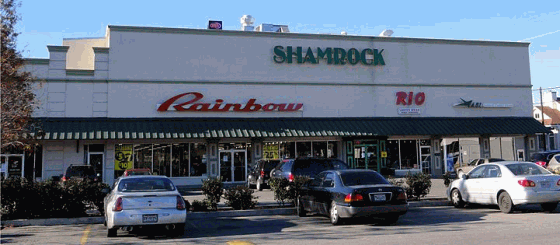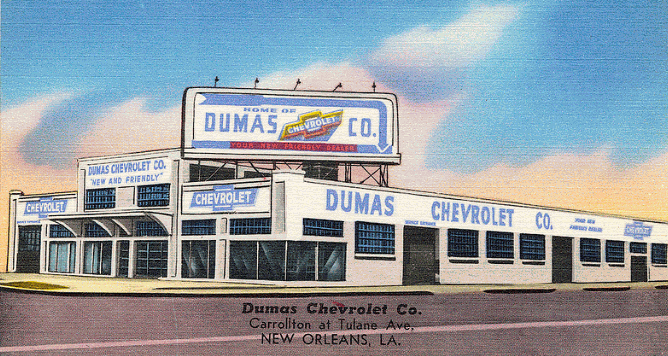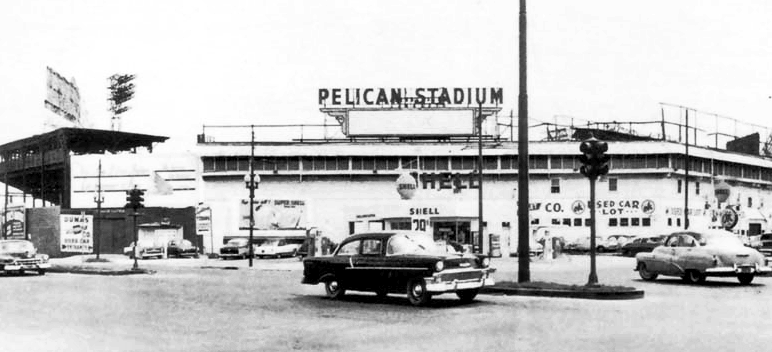|
Today in New Orleans History |
|
|
June 24


 At 7:56 p.m., a buzzer from downstairs sounded, and bartender Buddy Rasmussen, an Air Force veteran, asked Luther Boggs
to answer the door, anticipating a taxi cab driver. Boggs opened the door to find the front staircase engulfed in flames,
along with the smell of lighter fluid. Rasmussen immediately led some thirty patrons out of the back exit to the roof, where
the group could access a neighboring building's roof and climb down to the ground floor. Some thirty others were accidentally
locked inside the second-floor club, some attempting to escape by squeezing through barred windows. One man managed to
squeeze through the 14-inch gap, only to fall to his death while burning. Reverend Bill Larson of the MCC clung to the bars
of one window until he died, and his charred remains were visible to onlookers for hours afterwards. MCC assistant pastor
George "Mitch" Mitchell managed to escape, but then returned to attempt to rescue his boyfriend, Louis Broussard.
Both died in the fire, their remains clinging to each other. Firefighters stationed two blocks away found themselves
blocked by cars and pedestrian traffic. One firetruck tried to maneuver on the sidewalk but crashed into a taxi. They arrived
to find bar patrons struggling against the security bars and quickly brought the fire under control. Twenty-eight people
died at the scene of the sixteen-minute fire, and one died en route to the hospital. Another 18 suffered injuries, of whom
three, including Boggs, died. The official investigation failed to yield any convictions. The only suspect arrested
for the attack was Rodger Dale Nunez, a local hustler and troublemaker who had been ejected from the bar earlier in the
evening after fighting with another customer. Nunez had been diagnosed with "conversion hysteria" in 1970 and had
visited numerous psychiatric clinics. After his arrest, Nunez escaped from psychiatric custody and was never picked up again
by police, despite frequent appearances in the French Quarter. A friend later told investigators that Nunez confessed on
at least four occasions to starting the fire. He told the friend that he squirted the bottom steps with Ronsonol lighter
fluid bought at a local Walgreens and tossed a match. He did not realize, he claimed, that the whole place would go up in
flames. Nunez committed suicide in November 1974.  

To receive an update for each day in New Orleans
history, join our facebook page
- Today in New Orleans History
Tweet
On May 24, 2012, Advance Publications, announced that the print edition of the Times-Picayune would be
published three days a week (Wednesday, Friday, and Sunday) beginning that fall. On April 30, 2013, Advance announced plans
to print a tabloid version of the Times-Picayune, called Times-Picayune Street, on Mondays, Tuesday, and Thursdays. The TP
Street edition first went on sale on Monday, June 24, 2013. (WIKI) The highest recorded temperature in New Orleans was 104 °F (40 °C) on June 24, 2009. (WIKI)
This industrial aerial photo on the left, from the New Orleans Public Library, captures the view on
November 23, 1952. On the right is a capture of the same intersection today. Through the years this intersection
has been many things for many people. In 1903, C. Werbeck's blacksmith shop shop was here. In 1905, Mr. Morto's
horse and buggy were found abandoned here. On August 16, 1906, Athletic Park Amusement Company's arcade,
casino, band building, ice cream building, and Japanese building were up for auction where Pelican Stadium would later reside.
White City amusement park took its place in 1907. The Pelicans began playing baseball here around 1913. In 1939, M.
B. Hardy set up a "gaily beautiful sales yard" complete with camellias, azaleas, evergreens, rose bushes, and native
shrubs where the Mid-City Shopping Center would later locate. The Krewe of Endymion began their extravagant parades
here. This intersection was a busy hub of activity for many years. The same photo as above, zoomed in for a tighter view shows the railroad underpass on Carrollton which had been opened
to traffic about three months before the photo was taken on November 23, 1952. It was part of the extensive
Union Passenger Terminal Grade Separation Program, designed ease auto traffic throughout the city. In the photograph is also
Pelican Stadium (right) on the corner of Tulane Avenue and South Carrollton Avenue, Mid-City Shopping Center (catercorner
to the stadium), Riecke Cabinet Works (left of the shopping center on Carrollton), and Dumas Chevrolet (across Carrollton
Ave. from the Stadium). The then newly-filled New Basin Canal runs along the bottom of the photo, parallel to the train
tracks. Once a thriving navigational canal which had connected Lake Pontchartrain to the heart of the city, much of its path
was replaced by the Pontchartrain Expressway and the neutral ground between West End and Pontchartrain Boulevards.
The company's work could be seen at Howard-Tilton Library, the LSU
medical building, Gentilly Presbyterian Church, Katz & Besthoff on Canal Boulevard, St. Rita's Church, St. James Major
Church, the Xaivier University Chapel, Notre Dame Seminary, First Baptist Church, Pontchartrain Motor Company, and the Supreme
Court main court room. The fourth grader who was forced to drop out of McDonough grammar school
on South Rampart and Girod Street to work odd jobs, Henry Riecke passed away on June 24, 1965 at the age
of 84 a very successful businessman. He was also president and owner of Tulane Hardware and Lumber Company, Inc.
His sons continued to run Riecke Cabinet works after his death. Robert Ernest "Dumas" Milner, who owned Dumas Chevrolet Company, was the Tom Benson of Jackson,
Mississippi -- a self-made millionaire who made a fortune through turning small companies into large profitable ones, opening
car dealerships, buying and selling real estate, and generally making everthing he touched turn to gold. "Dumas"
was a nickname given his after he began following a hired hand by that name around his family's cotton farm. At age 7 he hawked
Rosebud Salve elixir to his rural neighbors. As a young man he took over Magnolia Chemical Company who employed six peope
to produce their patented Pine-Sol and other cleaning products, and turned it into a $10 million per year company with 86
warehouses, and sold it to American Cyanamid for $17 million. He bought hotel and real estate, owned the tallest building
in Jackson, began an exporting business, and acquired National Car Rental. He was Chief of Staff of Mississippi Governor John
Bell Williams and owned Henderson Mansion in Pass Christian. With a somewhat quirky (but true to his times) business philosophy,
he refused to hire a man to a key position until he met the man's wife. When the Dumas dealership
formally opened at 4049 South Carrollton on August 30, 1952 at 8 a.m., gifts were given to the ladies and
Val Barbara and his Orchestra played. The air-conditioned showroom was modern in every way. The repair shop was stocked
with $50,000 worth of parts and equipment. Thirty-five employees were on duty, with 80 more expected to be brought on
during the next six months. Ben Howard Nelson was the vice-president and general manager, W. N. Newt Godfree was the GM, Herbert
P. Jackson served as service manager, S.K. Martin the business manager, J. Clyde Carter was in charge of parts, Alex Holliday
was truck manager, and Henry Carter was the used car head man. By the time the dealership celebrated its second anniversary,
it had added a used car lot at 3925 South Carrollton. By 1956, Dumas had four dealerships in New Orleans, including
locations at 215 South Claiborne (between Tulane and Canal) and in Kenner at Airline Highway at Clay Street. The beloved Pelican Stadium has a long history of its own (much too long to feature here) but for
baseball fans, this sight (right) must have been heartbreaking. On October 16, 1956, Dumas announced
the opening of a new car lot at Pelican Stadium. A want-ad published in the Times-Picayune that day sought new and used
car salesmen to work it..."Apply in person to Bill Watson". From 1915 the New Orleans
Pelicans (the first professional sports team in New Orleans) called it home, as did the Black Pelicans and the Creole Negro
teams. Pelican/Heinemann Stadium also allowed local fans to view major league exhibition and training games and to get
a glimpse of stars such as Babe Ruth, Jackie Robinson, and Hank Aaron. The stadium was demolished in 1957. It
was replaced by the Fontainebleau Hotel which was was later converted into a storage facility. |
|
|

To receive an update for each day in New Orleans history,
join our facebook page - Today in New
Orleans History.
Analytics |
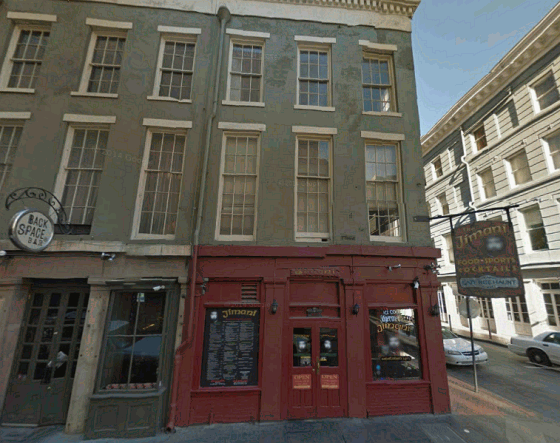
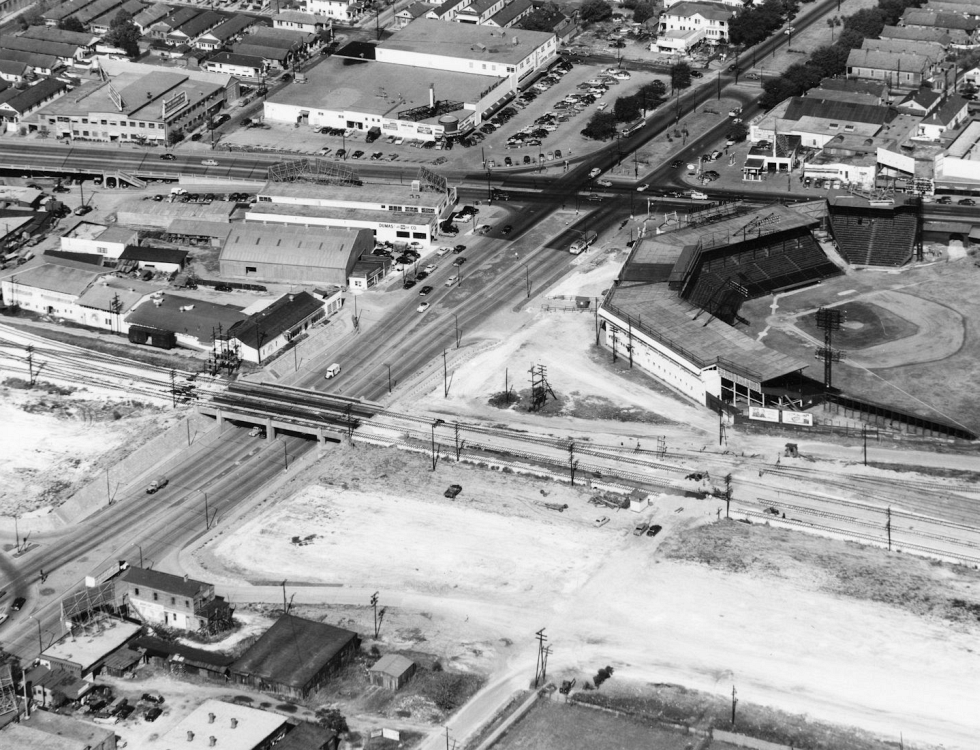
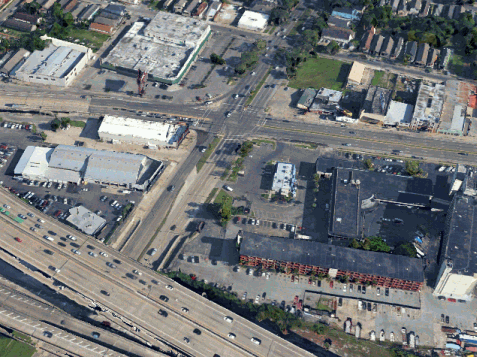
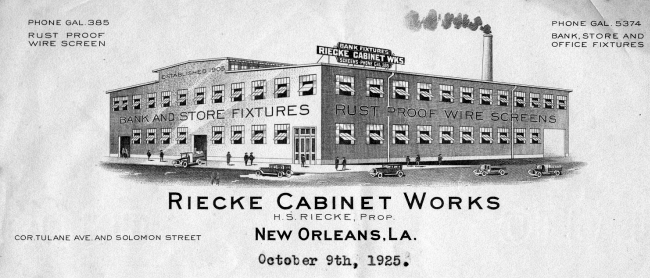 Riecke Cabinet Works, Inc. at 4102 Tulane manufactured furnishings for offices, banks, stores, and churches. It was
founded by Henry Sebastian Riecke in 1904 witha $1000 investment and a small building on Magazine Street at Girod. Riecke's
excellent work and satisfied customers allowed him to move to a larger facility at Tchoupitoulas at Girod. Another expansion
occurred when he move the business to Annunciation at Girod until 1924 when he built the large plant pictured. Riecke was
among the first to produce and sell radio cabinets in the city. He made the pews and fixtures for Grace Evangelical
Church, which were moved to the congregation's new location at 5800 Canal Boulevard. One of his proudest accomplishments was
the creation of the Archbishops throne for St. Louis Cathedral during the mid-1940s. In all, the company company furnished
over 1200 churches around the world, employed as many as 120 persons during peak seasons, and was one of the largest company
of its kind in the South.
Riecke Cabinet Works, Inc. at 4102 Tulane manufactured furnishings for offices, banks, stores, and churches. It was
founded by Henry Sebastian Riecke in 1904 witha $1000 investment and a small building on Magazine Street at Girod. Riecke's
excellent work and satisfied customers allowed him to move to a larger facility at Tchoupitoulas at Girod. Another expansion
occurred when he move the business to Annunciation at Girod until 1924 when he built the large plant pictured. Riecke was
among the first to produce and sell radio cabinets in the city. He made the pews and fixtures for Grace Evangelical
Church, which were moved to the congregation's new location at 5800 Canal Boulevard. One of his proudest accomplishments was
the creation of the Archbishops throne for St. Louis Cathedral during the mid-1940s. In all, the company company furnished
over 1200 churches around the world, employed as many as 120 persons during peak seasons, and was one of the largest company
of its kind in the South. 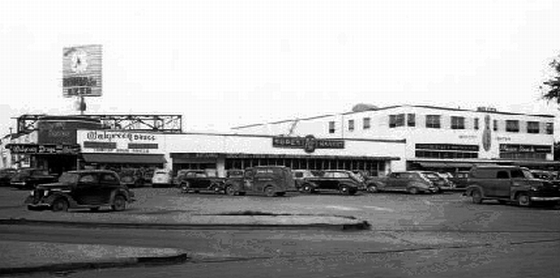 Mid-City Shopping Center is pictured on the left during the early 1940s. At the time it housed a Walgreen's, an
A&P grocery store, and the Mid-City Bowling Lanes which would later become Rock 'n' Bowl (which has now relocated
a few blocks away on Carrollton Avenue behind what was Ye Olde College Inn). On the right is the former location
of Mid-City Lanes/Rock 'n' Bowl, now Shamrock night club.
Mid-City Shopping Center is pictured on the left during the early 1940s. At the time it housed a Walgreen's, an
A&P grocery store, and the Mid-City Bowling Lanes which would later become Rock 'n' Bowl (which has now relocated
a few blocks away on Carrollton Avenue behind what was Ye Olde College Inn). On the right is the former location
of Mid-City Lanes/Rock 'n' Bowl, now Shamrock night club.